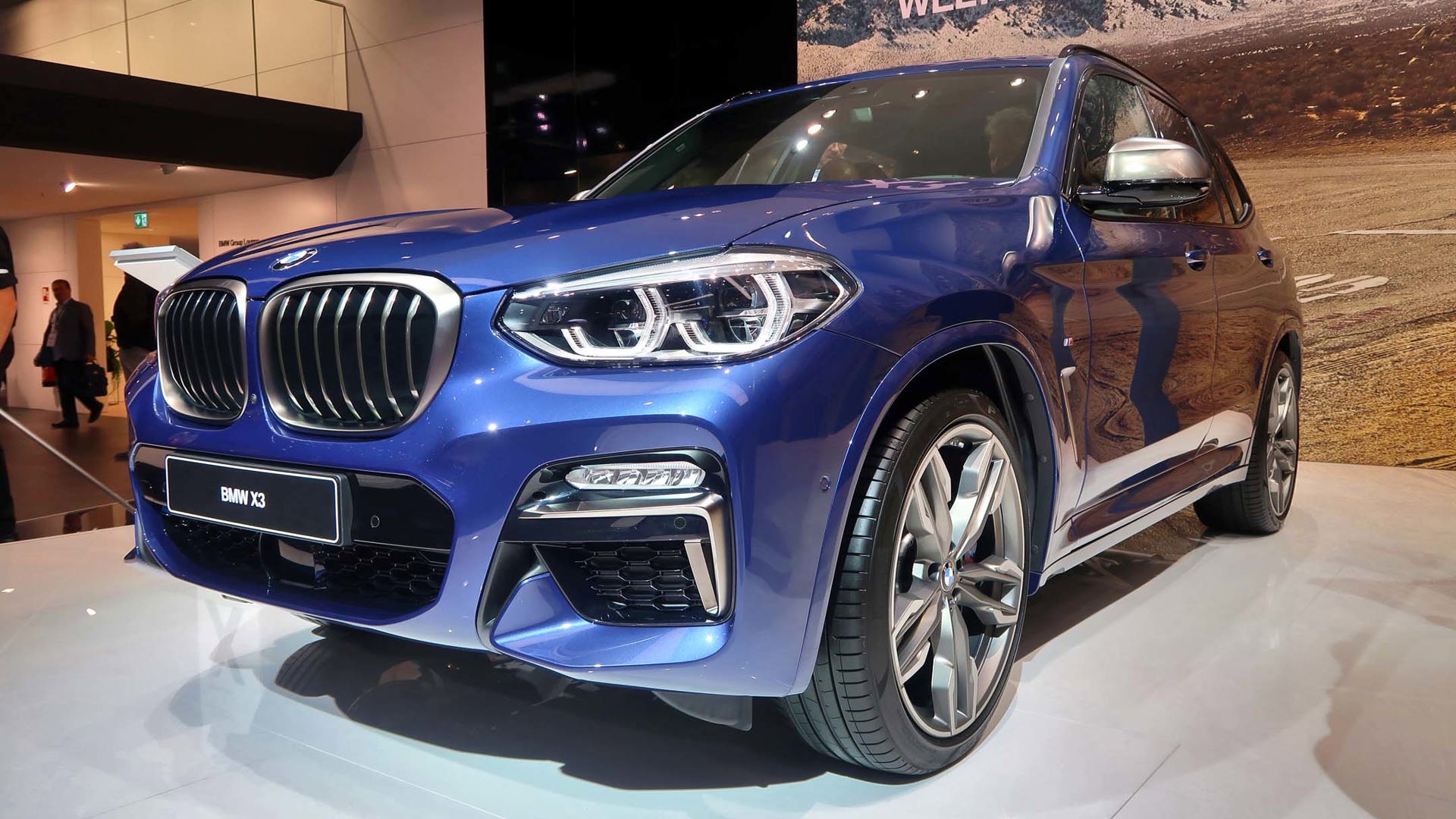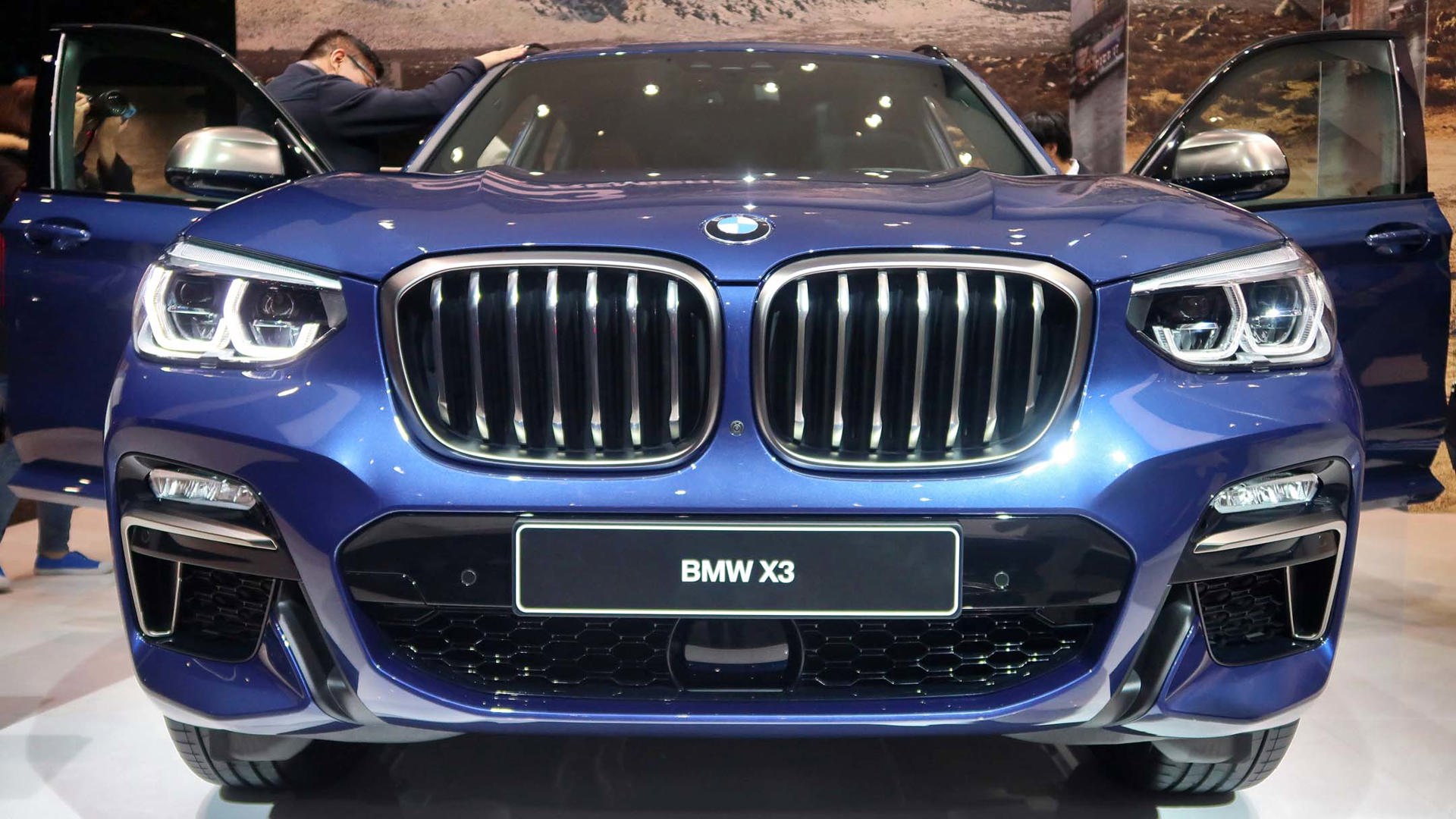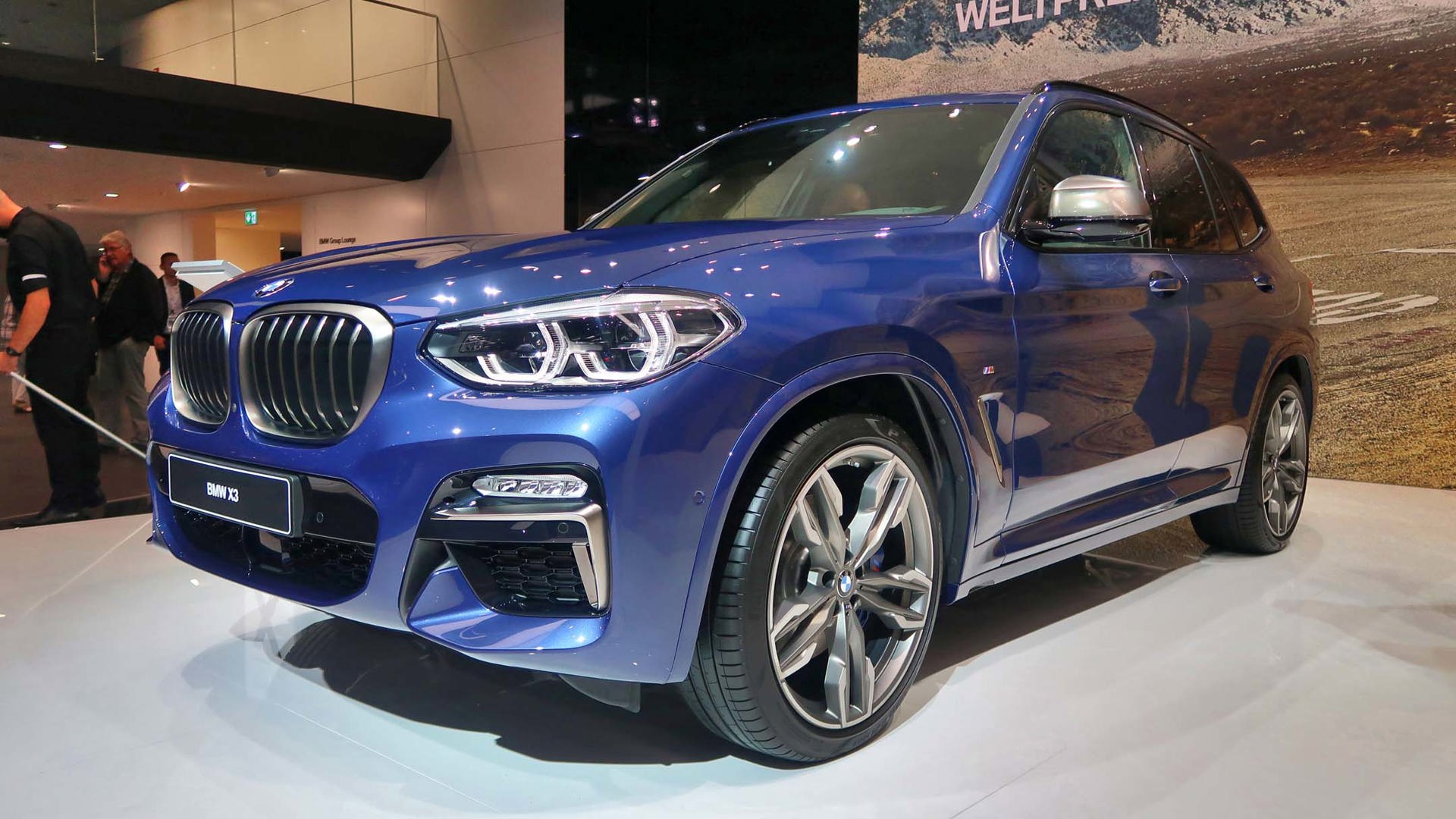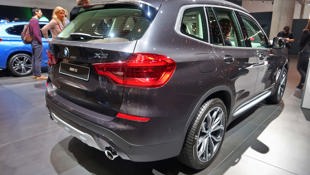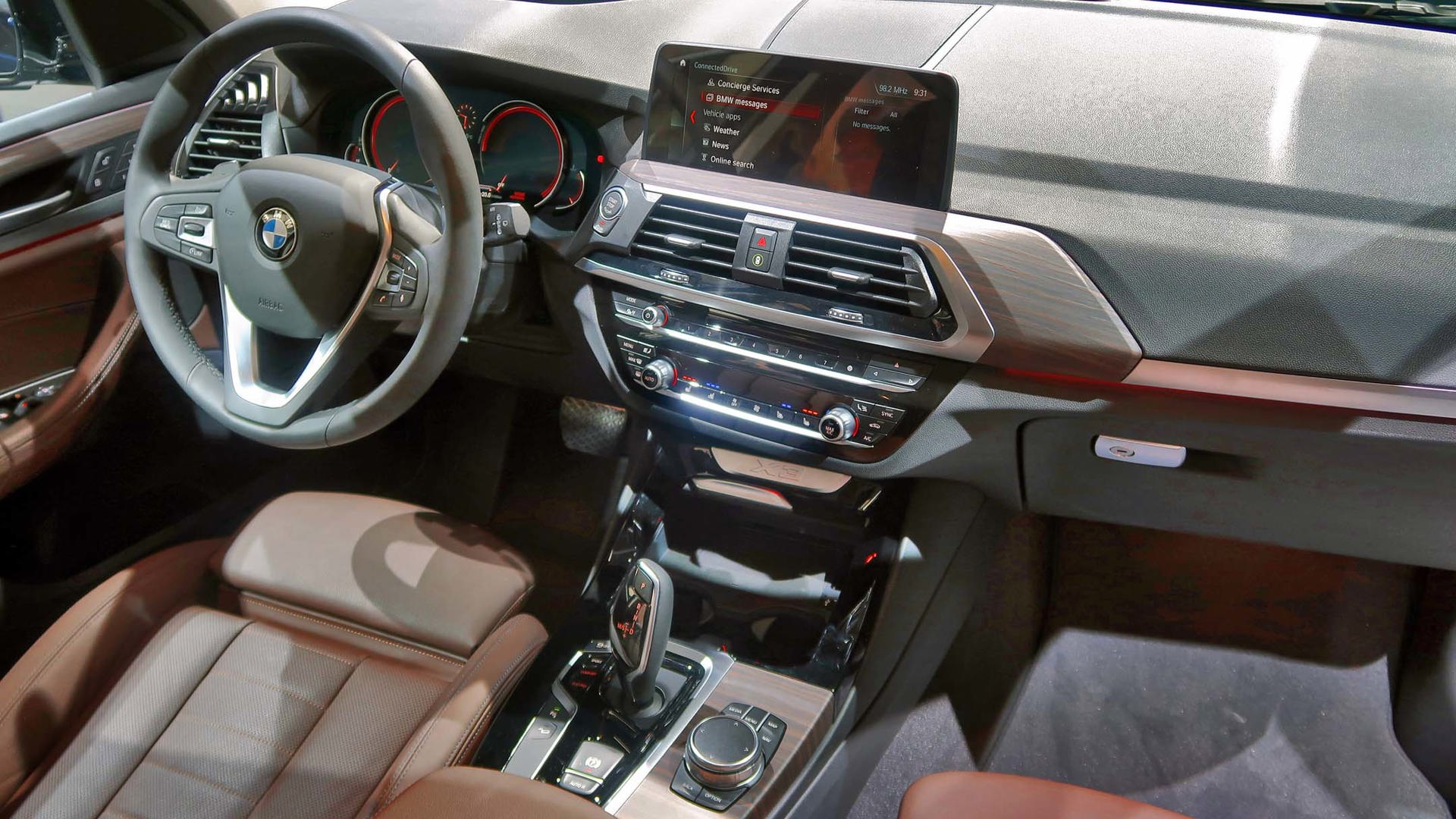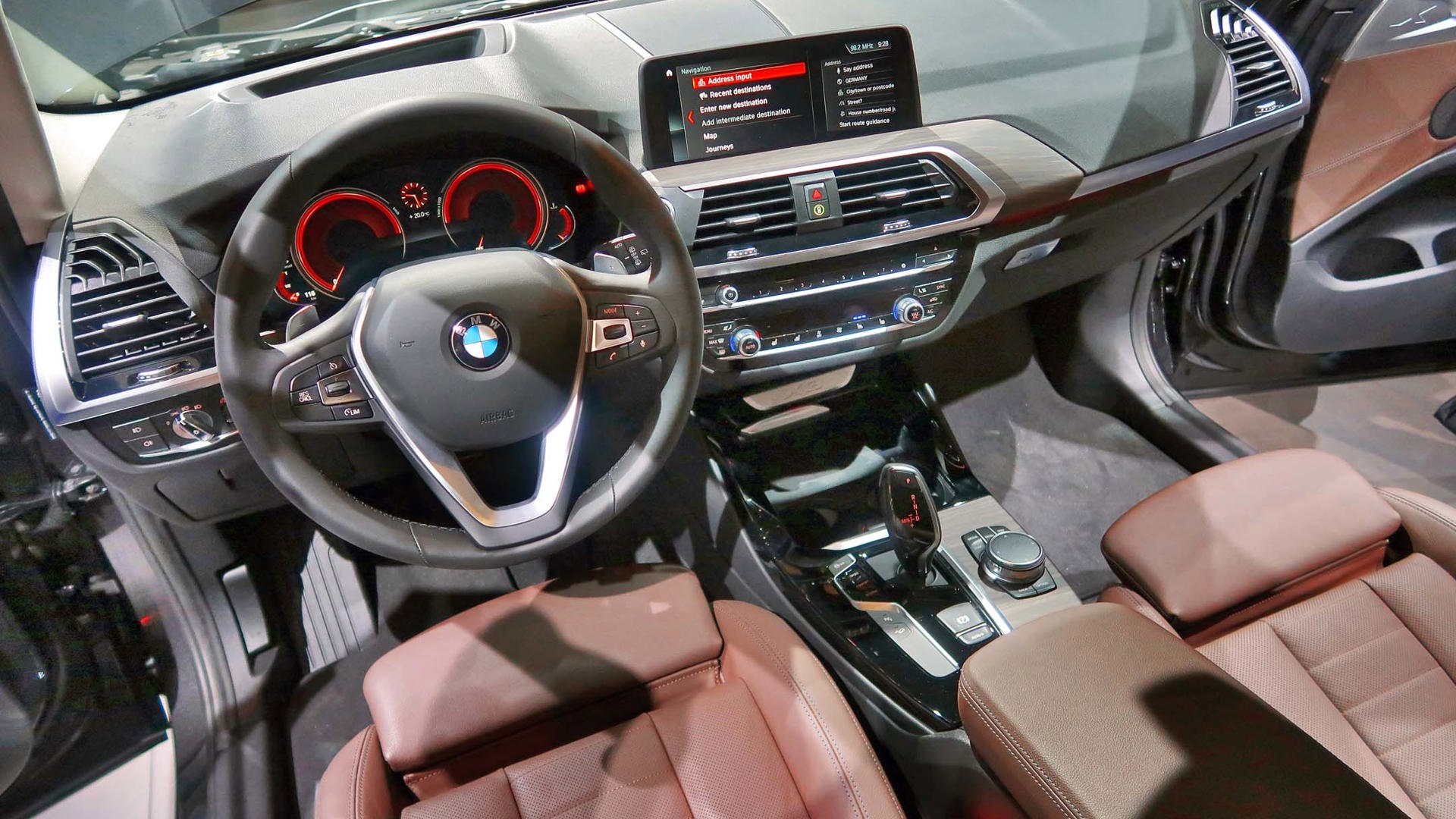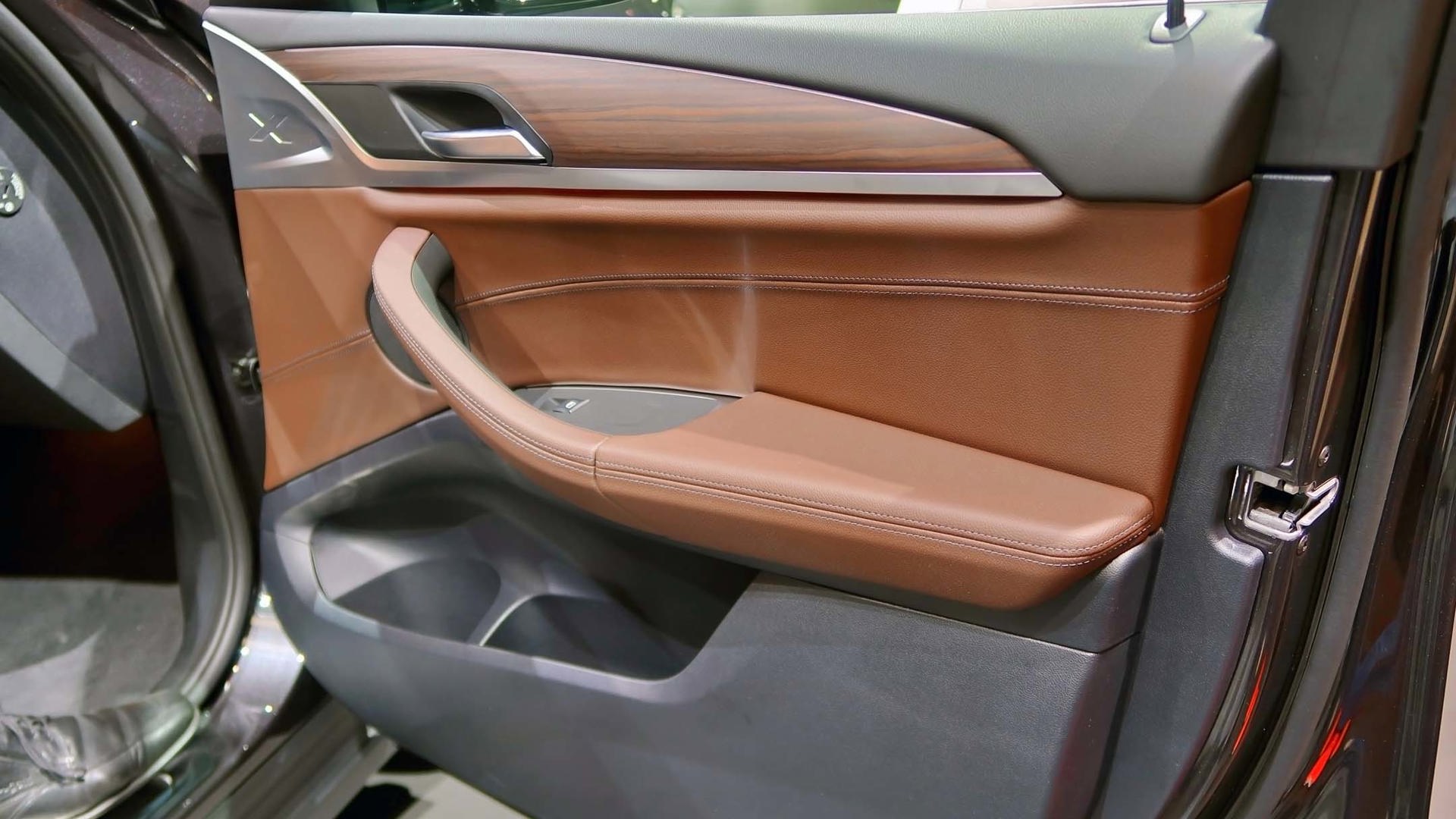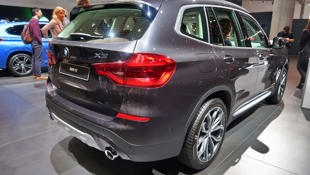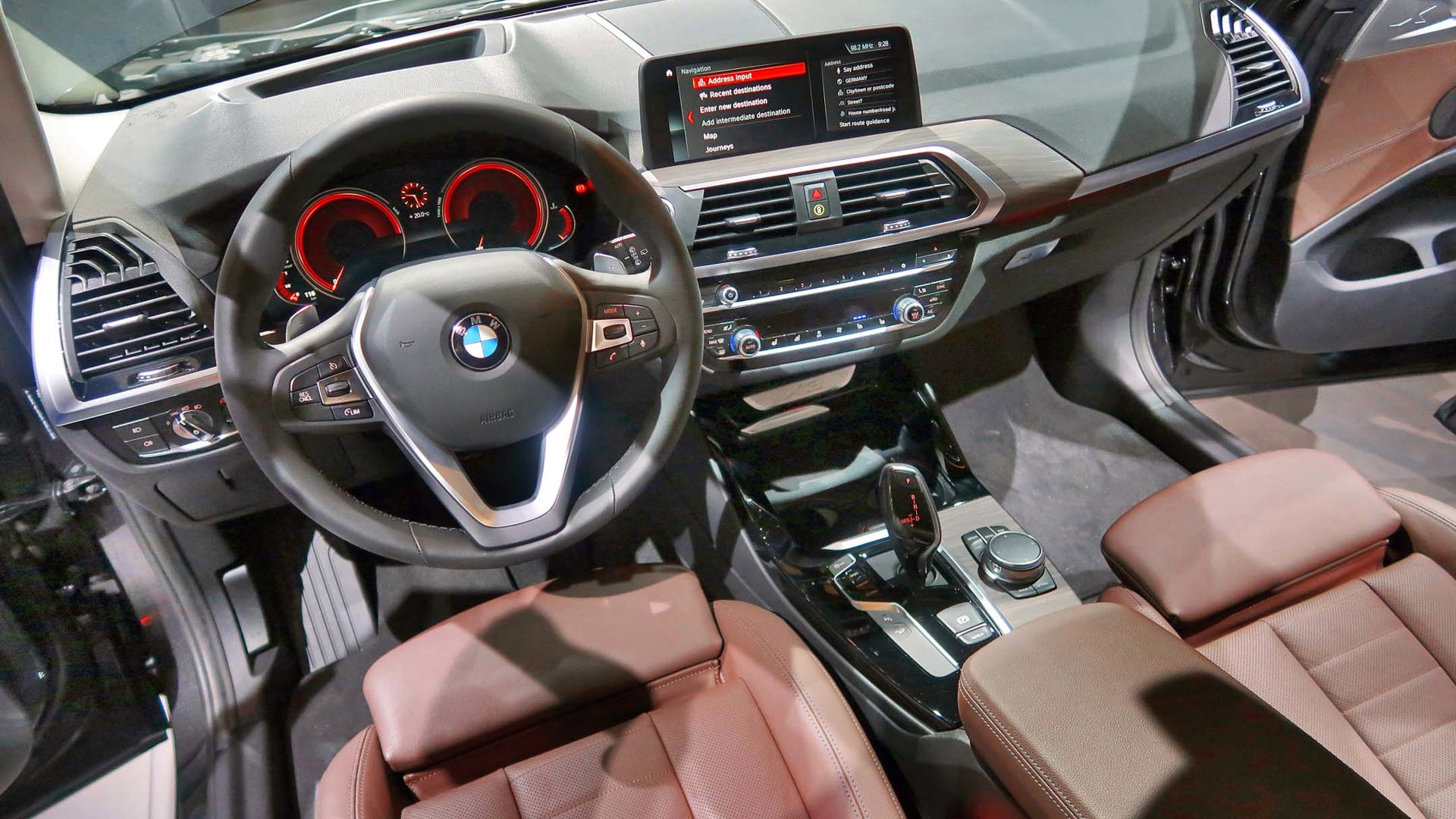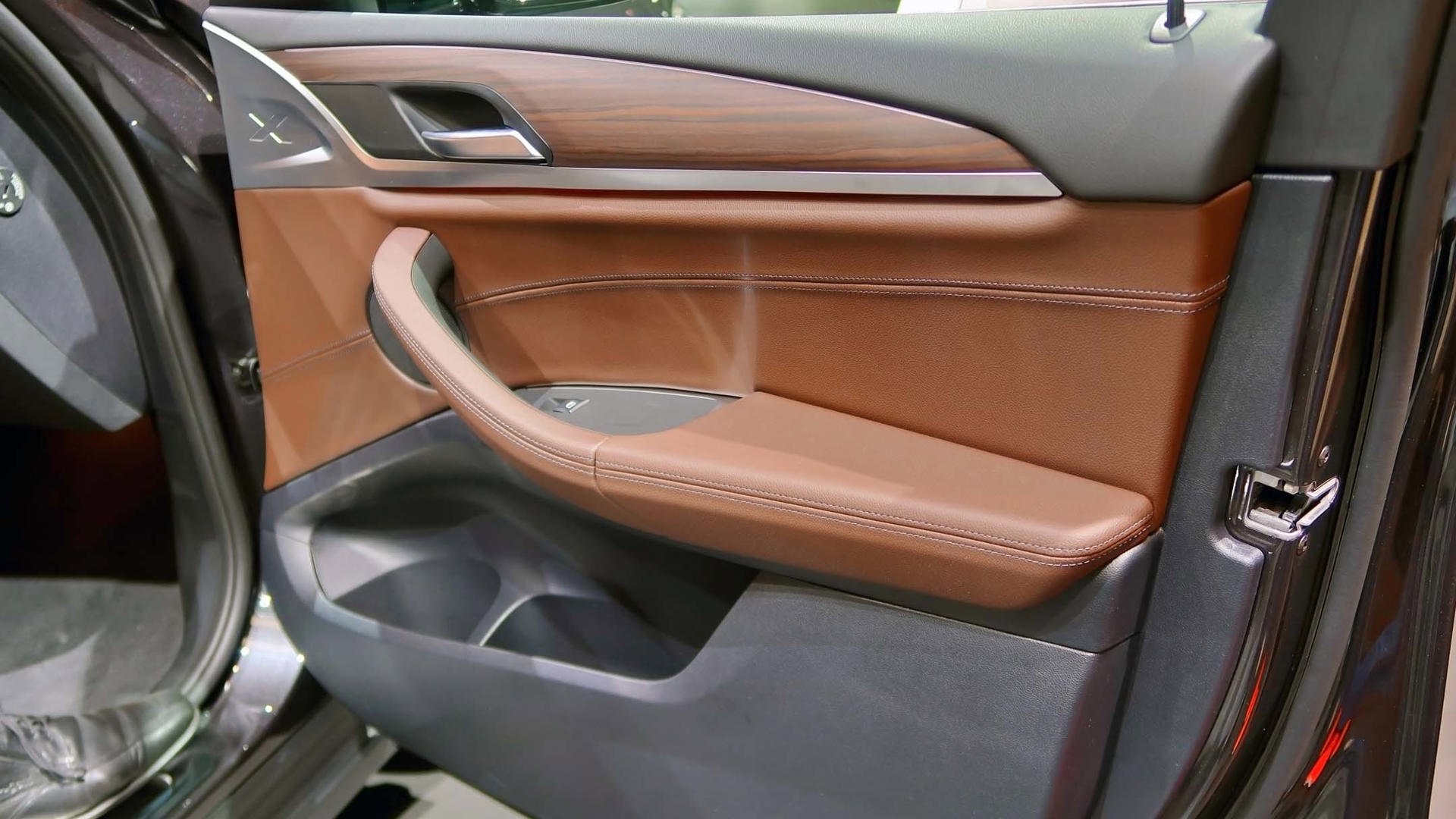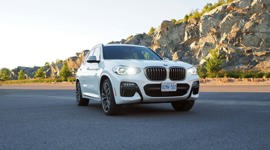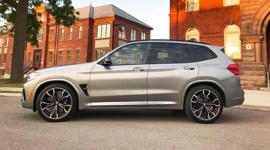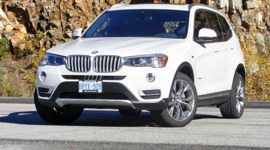FRANKFURT – The X3 was BMW’s second sport-utility vehicle when it launched in 2003 (after the X5), and since then, it has sold more than 1.5 million copies worldwide. It’s now going into its third generation, and you can be sure the company isn’t about to mess too much with what’s been a good thing. (And yes, we know that BMW prefers that we call it an SAV, for Sport Activity Vehicle, but….)
There’s a bit more beefiness and a chunkier look to the new X3, but in a good way.
To that end, the styling isn’t radically different. There’s a bit more beefiness and a chunkier look to the new X3, but in a good way. It still has a 50:50 weight distribution front to back, and it’s still tightly wrapped around the wheels with relatively short overhangs for a utility vehicle. The nose features a big and more imposing grille and new hexagonal fog lights, while the rear is fitted with LED taillights, a close-coupled roof spoiler, and twin tailpipes. Although its looks and dimensions haven’t appreciably changed overall, there is more aluminum in the engine and suspension, which brings the weight of this new-generation model down by some 55 kilograms over its predecessor.
The X3 will go on sale in Canada in November, and will come with a 2.0L turbocharged four-cylinder in the X3 30i, making 248 horsepower and 258 lb-ft of torque, or as the X3 M40i, with a turbocharged 3.0L inline-six that spins out 355 horses and 369 lb-ft of torque, and takes 4.8 seconds to go from zero to 100 km/h. That’s the same power as in the current model, but remember that weight loss, which always makes the fast pedal seem even faster. Both engines use an eight-speed automatic Steptronic transmission, which the company says has been optimized in this new vehicle.
Europe gets a diesel engine off the bat, but Canada says it “can’t confirm at launch” about any oil-burner engine when the new X3 goes on sale. However, if you wait until 2020, you will also be able to order your X3 as a completely electric vehicle, as the company builds on the fleet of electrified vehicles it first sent out with the i3 and i8 models.
Options always vary by market, but the new X3 is configured with a few new available features, including three-zone automatic climate control, ventilated seats, a 40/20/40 split-folding rear seat, and panoramic glass sunroof. Also promised are such features as a head-up display and gesture control, which can perform some of the infotainment system commands when you point, swipe, or circle your finger in front of the dash, without coming near the screen.
The interior design also remains similar to the previous model, with a tablet-style infotainment screen at the top of the dash, horizontal control panels under it, and in the centre console, an electronic shifter – for better or worse – and the iDrive controller for the top screen. The models on display featured top-line seats and trim, including wood and leather accents.
Available driver assistance options include lane-control assist, active cruise control, and as a later arrival, a lane-change assistant system. These technologies are presented only as driver assists at the moment, but they’re also some of the building blocks for autonomous driving down the road.
The automaker is heavy on connectivity, and says that its ConnectedDrive services and applications will work on a new and flexible platform that will seamlessly transfer smartphone data to the car, such as taking addresses from calendar appointments, transferring them into the navigation system, and then figuring out when you should leave to get there at the right time.
Along with the weight drop, the X3 has a retuned chassis, which should make it quicker to respond and better to drive than the outgoing model – and we’re waiting to see just how the M version drives with that and how much of a smile it’ll bring. Prices will be available closer to launch.
